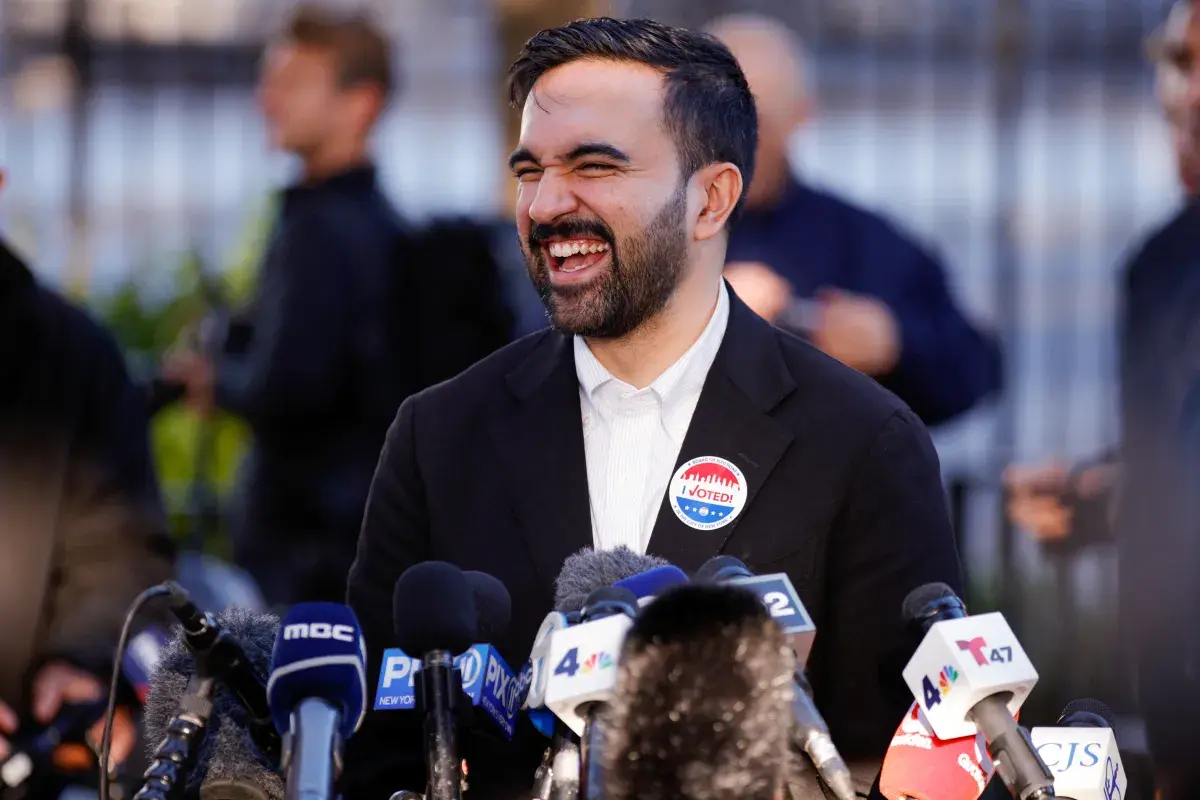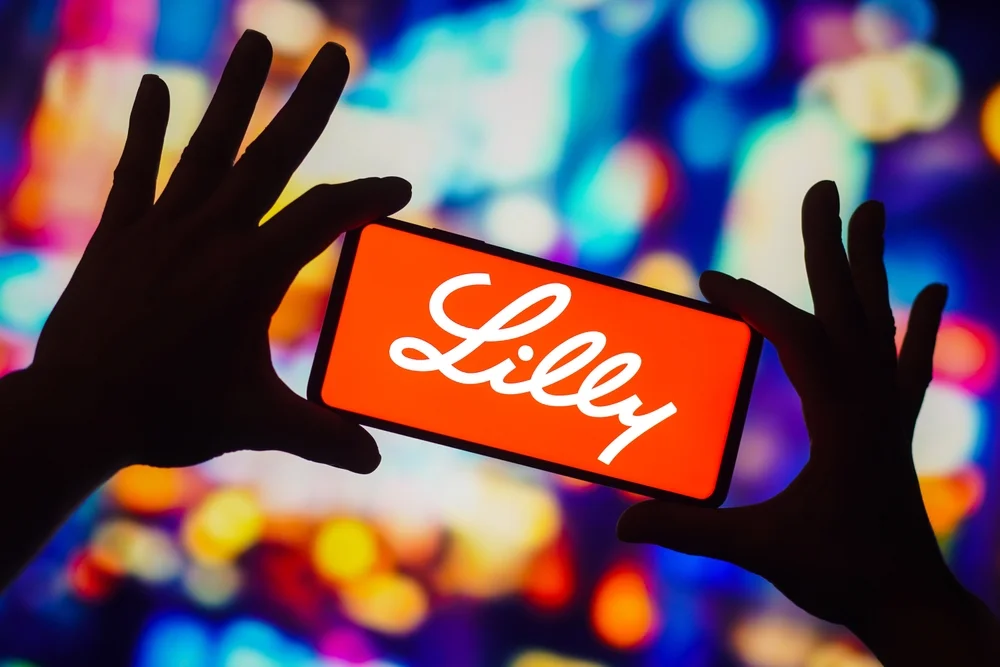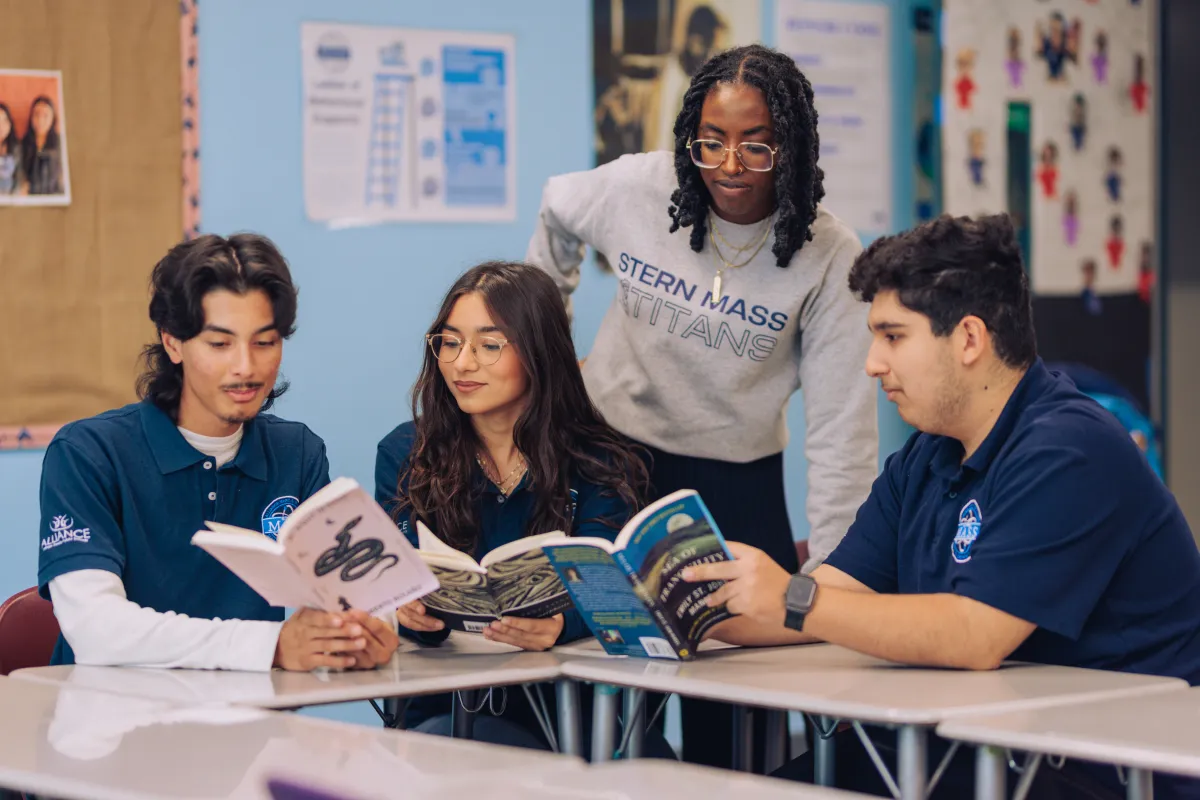Copyright Newsweek

When Zohran Mamdani announced his candidacy for mayor of New York City last fall, few could have predicted his meteoric rise. In just over a year, the 34-year-old self-described Democratic socialist went from a outsider with virtually zero name recognition, to New York City’s “main character,” as the New Yorker recently put it. On Tuesday, he triumphed over former New York Governor Andrew Cuomo, who ran as an independent after losing the Democratic primary, as well as Republican Curtis Sliwa, to become the first Muslim mayor of New York City as well as the city's first Indian American mayor. Along the way, he faced continued threats from President Donald Trump, who has labeled him a “communist” who would destroy America’s largest city if elected. But like Trump, Mamdani departed from the traditional campaign playbook, harnessing the power of social and alternative media to win over voters. As Trump campaigned for a second term in the White House last year, he eschewed interviews with traditional media outlets and embarked on a nontraditional media tour that saw him sit down for lengthy interviews with podcasters like Joe Rogan and Theo Vonn. Trump adviser Jason Miller told Politico at the time it was a deliberate strategy aimed at reaching new voters, particularly young men. It was a strategy that paid off. The president has also long used social media to directly reach Americans, first using Twitter, now known as X, and now regularly posting on his Truth Social platform. Mamdani's rise in prominence has been credited to his savvy use of social media, with The Washington Post noting his upset victory over Cuomo in the Democratic primary in June was “powered by trending videos and collaborations with creators across the political spectrum.” He explained the importance of social media to his campaign in a recent interview with WIRED, saying: “If you prep for that Instagram video in the way that you would for a print media interview, you'll see that there is the possibility of reaching far more people.” Mamdani has also embraced the world of podcasters and influencers, recently hosting a news conference exclusively for content creators that his campaign said was aimed at reaching new and less politically engaged audiences, according to NBC News. “More and more voters, especially younger voters, are turning to nontraditional media sources, including social media and podcasts, for their political news and information,” Costas Panagopoulos, a professor of political science at Northeastern University and expert on campaigns and elections, told Newsweek. “Politicians who embrace these types of outlets and use them effectively and authentically can give their campaigns a leg up and create the kind of buzz that can ultimately snowball into support at the polls.” Jacob Neiheisel, an associate professor in the Department of Political Science at the University of Buffalo, said many campaigns try to do that, but some are more successful than others. "There is just something about Mamdani, just like there is something about Trump, that makes nontraditional outreach efforts resonate more with voters," he told Newsweek. "It could be that both men are outsiders and populists, but it is really hard to say for sure." The Medium and the Message Panagopoulos said that while the medium is important, politicians still need to resonate with voters and reflect their priorities and concerns. “The medium matters, but the message does too,” he said. Mamdani’s slickly produced videos are fun and humorous, but he’s also always been on message, relentlessly promoting his cost-of-living policies at every turn. He’s spoken about his plans to freeze rent for people living in rent-regulated apartments while taking part in the Polar Bear Plunge and running the New York City marathon last year, and about his plans to make the city more affordable while walking around the city with heart-shaped balloons in a Valentine’s Day post. Just days before the June primary, he walked the length of Manhattan, saying he was doing so because New Yorkers deserve a mayor “they can see, they can hear, they can even yell at.” On Monday, the day before the election, he walked across the Brooklyn Bridge at sunrise with supporters in tow. Jennifer Stromer-Galley, a professor at Syracuse University’s School of Information Studies who studies how political campaigns communicate on digital platforms, told Newsweek that “virality has been the holy grail of political campaigns since the dawn of the social media age." She said: “Savvy campaigns know that they can gain greater visibility and enthusiasm for their campaigns if they can get content they create and post on social media to gain attention and then get amplified organically via social media and offline through networks of people who are excited or at least interested in the campaign.” Traditional television ads “don't generate the attention and buzz they way they once used to," Stromer-Galley added. The politician "who understands the contemporary media environment knows that being authentic, sharing their (seemingly) authentic selves on social media, will boost the signal that draws attention to their campaigns.”



